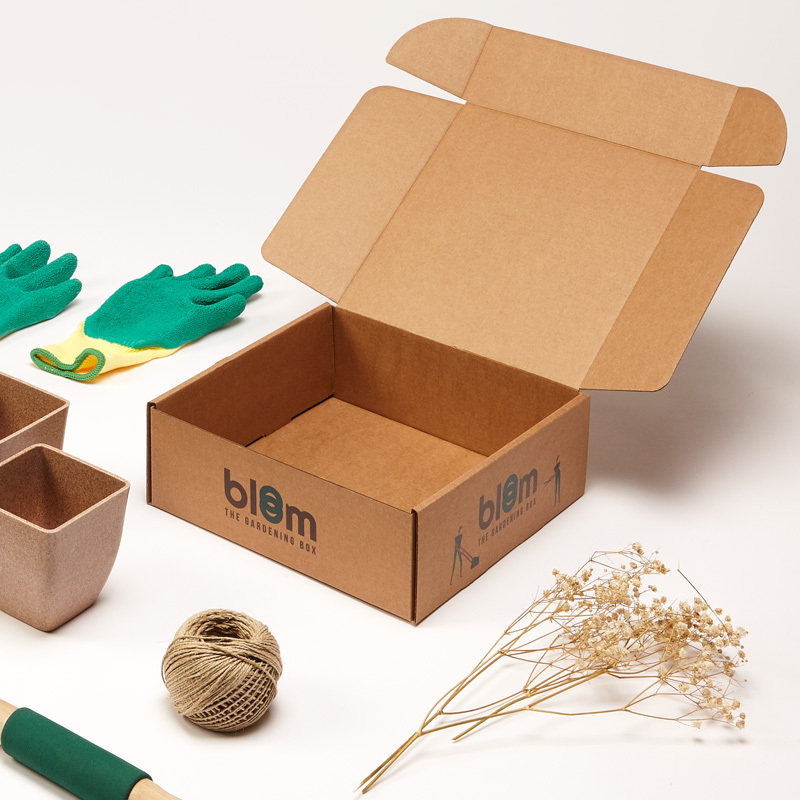The Evolution of Modern Business Cards A Blend of Tradition and Innovation
In the fast-paced world of business, first impressions matter more than ever. Enter the modern business card—a small piece of card stock that plays a pivotal role in networking and branding. While the traditional business card has long been a staple in professional interactions, the modern variant is evolving in exciting ways to reflect an individual’s personality, brand identity, and the digital age.
The Importance of Business Cards
First and foremost, business cards serve as a tangible representation of an individual or company. They help to convey essential information, such as names, job titles, contact details, and company logos, at a glance. Despite the rise of digital communication methods, business cards remain crucial in making connections during networking events, conferences, and casual meetings. A well-designed card can leave a lasting impression, inviting further exploration of someone’s professional offerings.
Innovations in Design
Modern business cards are no longer merely rectangular, plain pieces of paper. Designers are increasingly exploring creative formats, materials, and finishes that reflect contemporary aesthetics and functionality. Cards can now be found in various shapes—rounded corners, square formats, and even innovative geometric designs that stand out in a sea of tradition.
Materials have also advanced. While classic paper stock remains popular, designers are experimenting with unique substrates such as metal, wood, plastic, and even biodegradable materials. These materials not only enhance the card's tactile experience but also allow individuals to express their brand's values, such as sustainability.
Integrating Technology
modern business cards

In the era of technology, integrating digital elements into business cards has become a game-changer. QR codes, for example, can be embedded into a card’s design, linking to a personal website, LinkedIn profile, or digital portfolio. This bridging of physical and digital realms not only saves space on the card but also makes it easier for potential clients or partners to access more information at their convenience.
Near Field Communication (NFC) technology is another breakthrough, allowing cards to transmit information wirelessly to smart devices. With just a tap, the recipient can receive full contact details, social media links, or even a promotional video. This innovative approach not only enhances usability but also aligns with the increasing demand for convenience in networking.
Personal Branding and Customization
Modern consumers crave authenticity and personalization. As such, custom-designed business cards that reflect one’s personal brand have surged in popularity. Entrepreneurs and freelancers, in particular, are using bespoke elements—designs that showcase their unique styles, colors that reflect their brand identity, and creative typography that communicates their voice. This individuality can differentiate professionals in competitive markets, making a memorable statement that is essential in a world where many are vying for attention.
Sustainability Matters
As environmental consciousness grows, many are turning to eco-friendly options in business card production. Recycled paper, plant-based inks, and sustainable materials are now trending, appealing to companies and individuals who recognize the importance of reducing their footprint. This choice not only enhances brand image but also aligns with clients and partners who share similar values.
Conclusion
The modern business card has transcended its initial purpose, becoming a powerful tool for branding and connection in today’s professional landscape. With their innovative designs, technological integration, and focus on sustainability, these cards are evolving to meet the needs of the modern entrepreneur. As networking continues to adapt to the digital age, the humble business card remains a vital asset, proving that sometimes the simplest of tools can make the most significant impact.



